Interpreting the redevelopment of Lee Tung Street using Lefebvre’s Spatial Triad
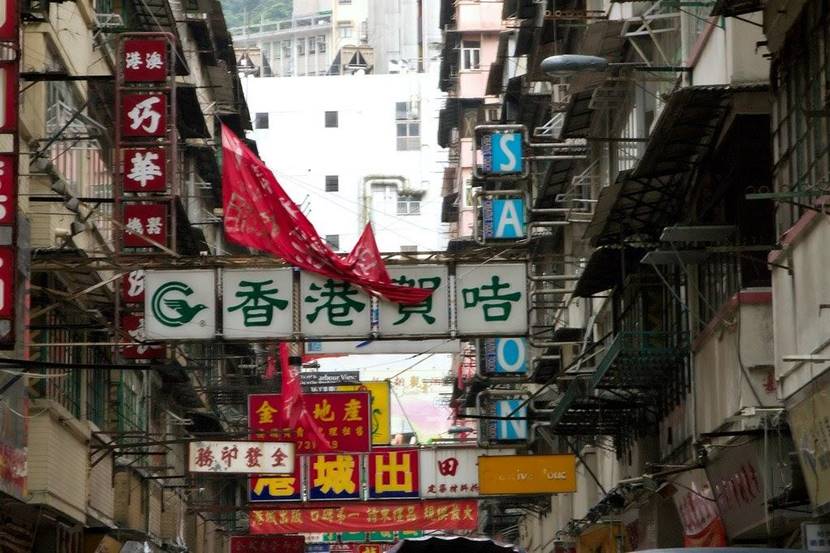
Cover Picture (Retrieved from https://www.flickr.com/photos/ktp/250198293/)
Foreword
What was once a street full of printing shops in Tong Lau and people with mutual dependence has turned into an alien street with its purpose stripped away (東方日報, 2015) after a redevelopment plan implemented by the Hong Kong Urban Renewal Authority.
1. Introduction
Lee Tung Street (hereafter LTS) is located in Wan Chai (see Figure 1) and was redeveloped into a street focusing on nothing but money. The people who lived there were forced out by the dominating power (Anderson, 2017), meaning the traces they carried and the shops would transform into the paths we have now. Our research question is "how drastic is the transformation of traces after the redevelopment and is the change of traces worth?". We will interpret the changes through Henri Lefebvre's Conceptual Triad of Production of Space (Henri, 1992).

Figure 1. LTS’ Location (Retrieved from https://goo.gl/maps/v9tWotkZtJR9bdus6)
2. Cultural Geographical Perspective in Use
To find out how the traces represented the original community, a cultural-geographical perspective and Lefebvre's spatial triad is applied. Using theoretical perspectives to assess how the traces are preserved and the value contradiction of different stakeholders. The theory is chosen because of its compatibility with our target.
Space is an abstract thing. With any rules, culture, thoughts and values, anything meaningful put in the space will become a Place (Anderson, 2017). The place will also change from time to time.
Traces are the interactions of geographical context and culture and can be divided into "material" and "non-material."
Lefebvre’s spatial triad contains three elements (Henri, 1992): (See Figure 2)
Representation of space traces the social area, interpreted as existing human activities, moral values, and objects, e.g., Tong Lau in Lee Tung Street.
Representational space, any spatial power, and control dominate the rules of the space, e.g., the implementation of the redevelopment plan.
Spatial space is the present use of the space, which can be directly observed and composed of new and old traces, e.g., Avenue Walk.
Analysis through the spatial triad focuses on how people's daily routines and habits change. How the redevelopment process modified the traces, and how the power of redevelopment reshaped the conception of space.
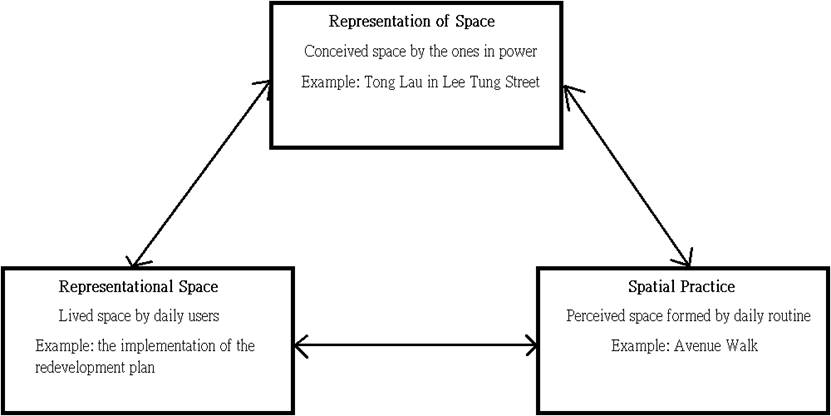
Figure 2. An illustration of Lefebvre’s Spatial Triad in the case of LTS (Retrieved from Presentation PPT)
3. Empirical Analysis
In this case study, we decided to use the Spatial Triad to analyze LTS. The Representation of Space would be the printing shops in Tong Lau and the hidden relationships between the residents. As they were all traces of the past LTS. It was then affected by the Representational Space which can’t be seen with eyes, in this case, the LTS redevelopment plan. Under the effects of redevelopment plan, LTS has turned into Avenue Walk, which is the Perceived Space we have today. They cannot exist without each other.
In the case of the Representation of Space, Tong Lau was built for a blend of residential and commercial purposes, and LTS was full of them. In fact, all the printing shops that in LTS were housed in Tong Lau so Tong Lau and LTS are both important traces in the analysis. Since the 1950s, the Hong Kong government has aggregated several printing shops for convenience in monitoring. The rectangular interior structure of the Tong Laus has given rise to the use of the rear end of Tong Laus as printing workshops for production and the use of the front section of the shop as reception and trading. This operation method offered great flexibility to small-scale businesses, reduced costs.
Apart from that, the agglomeration of printing shops in LTS has paved the way for an indigenous economic cycle: the division of labor among themselves. Some might focus on a particular part of the production, while others might focus on another aspect. Therefore, there were both competitions and mutualism between shop owners in LTS. Thus, the fame of LTS drew a crowd of tourists ranging from Hong Kong to overseas to visit and consume there, bringing prosperity to LTS and nearby in the past. It offered self-subsistence and job opportunities to senior residents, especially the elderly who were less educated.
Under mutual assistance, their economic activities and daily lives were closely correlated, giving rise to high communal cohesion and collective identity levels. However, due to a close bonding in LTS, derived from communal cohesion and collective identity, copying others' designs would often be resolved internally, such as complaining about the copycats instead of bringing the conflicts to court.
In 1999, the government started planning to transform LTS into an integrated development area (市區重建局, 2007) which is the Representational Space. It changes the street into a Semi-European style place which comprises a Semi-European shopping mall and four high-class residential buildings although the plan was carried out to preserve as much of the past as possible. The changes observed are the Perceived Space. The past residents are now spread throughout Hong Kong, breaking their bondage of mutual dependence. The site now emphasizes the value of money efficiency rather than interpersonal relations. It broke the local culture of Tong Lau. There are 29 shops, and only 1 of them is printing-related (Lee Tung Avenue Management Co, 2021) (See Figure 3). The people and the printing shops are gone, and the LTS has a new trace.

Figure 3. Last Printing Shop (Retrieved from http://www.leetungavenue.com.hk/tc/)
3.1 Interactions between stakeholders
Firstly, dominating power refers to the power forcing other parties to perform specific actions (Anderson, 2017). The dominance of one group over another is referred to as hegemony, in this case, the government (Urban Renewal Authority). This may lead to disobedience and transgression, which may further trigger resisting force from growing, meaning that opposing parties may start to challenge the dominating influence. The relationship between different stakeholders is summarized in the following flowchart. (See Figure 4)
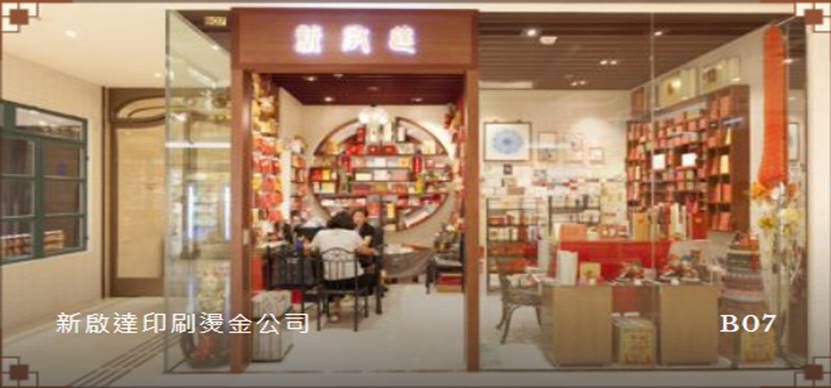
Figure 4. Stakeholder flowchart (Retrieved from Presentation PPT)
The stakeholders can be divided into two sides: the supporting and the opposing side. As shown in the diagram, the government plays the role of policymaker, decision-maker, and supervisor. The government has the dominating power which allows it to retain the land and properties in LTS. Moreover, developers appointed by the government would also be allowed control and perform redevelopment work at LTS. Citizens that support the redevelopment will agree with the government's plan, forming an obedience relationship.
Citizens who oppose the idea, primarily LTS residents and business owners, will display a resistant power against the government. They did, however, organize conservation groups (in this case, the H15 concern group), which encouraged communication and proposals to the government. It's worth noting that cognitive liberation (McAdam, 2013) may be implicated, which means that some people who were initially opposed to the bid may be persuaded by supporters and change their thoughts. Supporting parties are concerned mainly with tangible or actual elements like hygiene, public environment, resident capacity, etc. However, opposing parties often emphasize the intangible cultures in LTS, such as the printing culture, relationship with neighbors, and sense of belonging. This causes conflict between the two parties, which will be explained below.
This project exemplifies the diversity of resisting authority. Opposing residents signed petitions (See Figure 5). They scribbled slogans on a wall (See Figure 6) to express their displeasure with the project so that the authorities and other citizens might learn more about their concerns. They also erect banners across LTS (See Figure 7). Opposing groups also held forums to provide citizens a chance to voice their concerns and highlight the harmful effects of the H15 redevelopment project (呂烈丹, 2013). After completing the project, Wyman Wong, a well-known songwriter, created a song for Kay Tse called "囍帖街 to express his regret and aversion to redeveloping LTS.
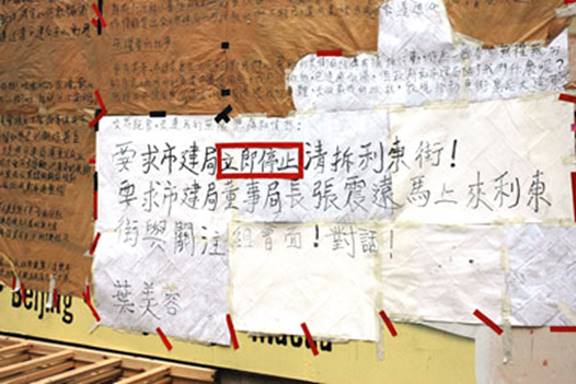
Figure 5. Logan (Retrieved from http://hk.epochtimes.com/news/2007-12-27/抗議重建利東街%20%20居民無限期絕食-43848646)
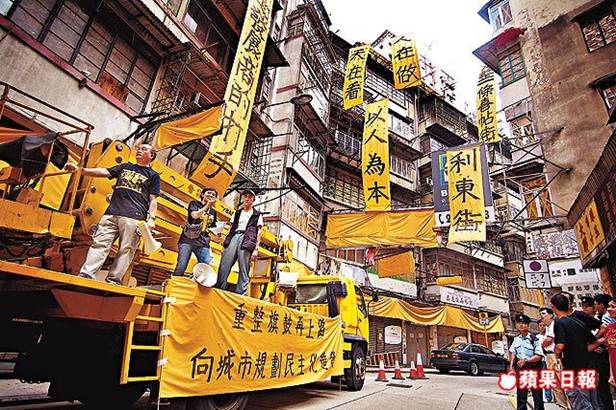
Figure 6. Banner (Retrieved from http://www.inmediahk.net/node/1030909)
The spark of conflict can be explained in two different factors: the form of culture perceived and the point of concern. Regarding the structure of culture perceived, the supporting parties think that the historical buildings in LTS are the central part of the LTS culture. Thus, the government consulted conservationists who expressed that the old buildings in LTS lack historical value or architectural characteristics. As a result, they rejected the H15 concern group's argument. However, what the opposing parties perceive as the area's culture is the interpersonal relationship and neighborhood in LTS. LTS had been a well-known landmark in Hong Kong for selling wedding invitations. However, the redevelopment will cause the closure of most local shops. Even though part of the culture is preserved, this project will lead to gentrification (i.e., the residents in LTS changed from low-income to high-income), and thus the neighbors will no longer be the same. This reduces the residents' sense of belonging and destroys their culture.
The opposing and supportive parties, on the other hand, have various points of concern. When it comes to conservation and development, the proponents will place a premium on profit maximization and resource efficiency maximization. LTS used to be a run-down street with filthy surroundings and crowded structures. LTS can no longer accommodate such a large population as the population grows. As a result, the government wants to convert LTS into a high-end residential area, stimulating economic development and increasing residential capacity (市區重建局, 2007). One of the key considerations for developers is profit maximization. Conservation groups, on the other hand, may oppose this strategy because they believe it leads to the privatization of local culture. The redevelopment of LTS into a high-end shopping district shattered locals’ long-standing relationship and produced a phony conservative scene, which was not the project's primary goal. For the population of that area, using the concept of conservation to promote economic development would be unsettling. As a result, the two parties are at odds with one other.
4. Conclusion
After the redevelopment of LTS, came the loss of humanity, the decline of residents' sense of belonging and the disappearance of most imprints. Only a small part of the imprints was saved. Now LTS focuses on commercial benefits. Thus, there is drastic transformation. Although the existing traces are justified in cities that focus on efficiency, our group thinks the government could have done better research and better refined the redevelopment. Therefore, our answer to the research question is that only a small amount of traces is preserved and the new traces have taken over due to the focus on economic benefits.
References
Anderson, B. (2017). Cultural geography 1: Intensities and forms of power.
Henri, L. (1992). The Production of Space.
McAdam, D. (2013). Cognitive Liberation. https://doi.org/10.1002/9780470674871.wbespm030
市區重建局. (2007). 灣仔利東街重建項目—新聞發布—傳媒中心—市區重建局—URA. https://www.ura.org.hk/tc/media/press-release/20071224
夏循祥(2017)。《權力的生成:香港市區重建的民族志》。北京:社會科學文獻出版社。
呂烈丹. (2013, August 8). 呂烈丹: 保存本土文化,保存香港特色. H15關注組. https://h15concerngroup.wordpress.com/過往對市區重建的評論/關於利東街的民主規劃運動/呂烈丹-保存本土文化,保存香港特色/
東方日報. (2015). 囍帖街變臉 舊情不再. https://orientaldaily.on.cc/cnt/news/20150119/00176_026.html


